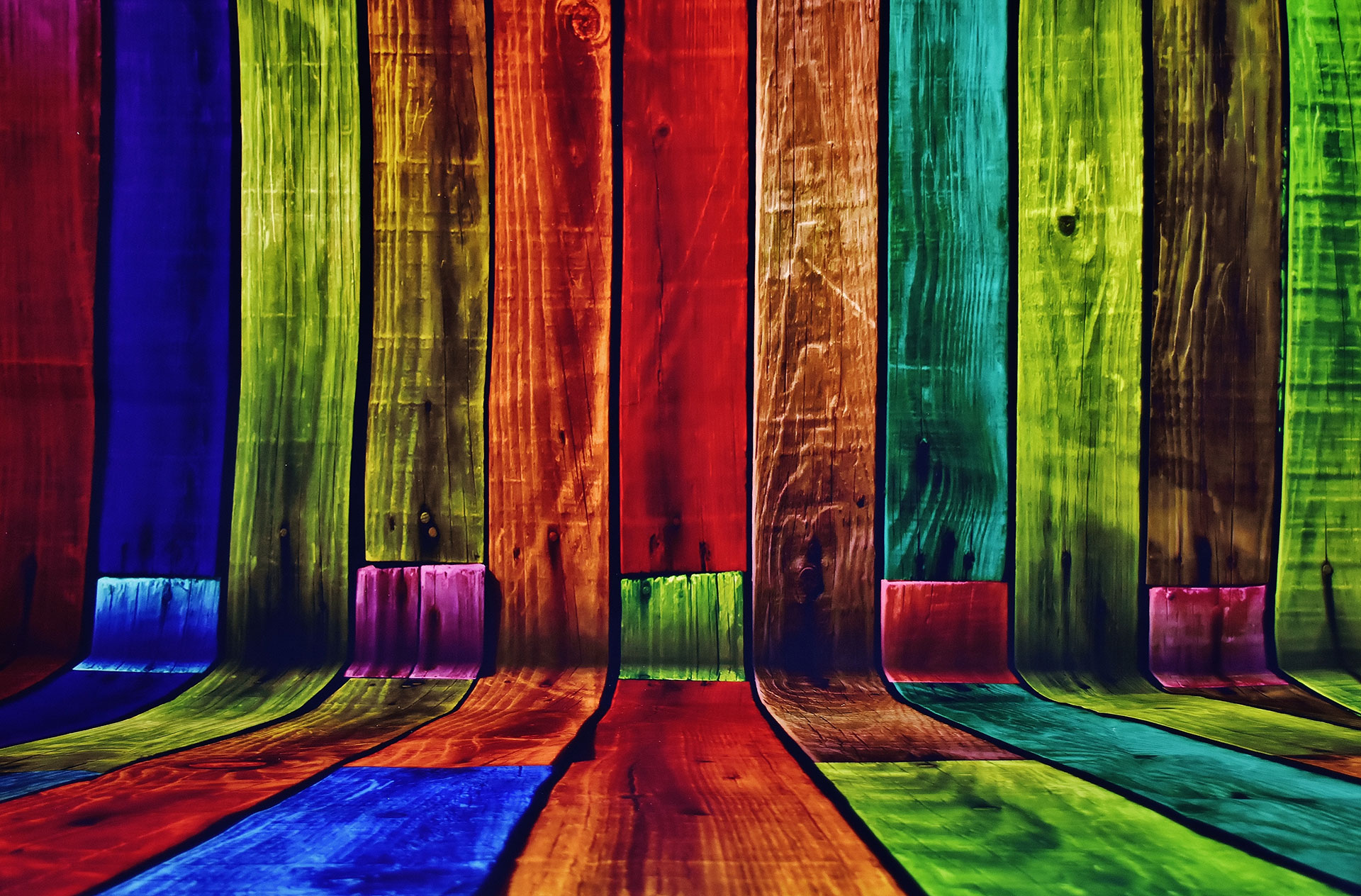Color theory and how it affects design decisions

Color choice isn’t just about look, it’s also about how it makes you feel.
The first color wheel was introduced in the 17th century by Sir Isaac Newton when he identified the visible spectrum. Before this, it was assumed that color was made by mixing light and dark, with red being the lightest and black being the darkest. Since then, our visual senses have been stimulated with all sorts of variations of colors by artists and designers.
Color, as it pertains to design can be paramount to the success of your brand’s identity because color has associated meaning and feeling when viewed by the human eye and processed by the brain. When we see fire, with its bright oranges and yellows, we instinctively feel warm. In contrast, when we see a blue ocean we feel cooling peace.
COLOR MEANING
Red is the color of fire and blood, so it is associated with energy, war, danger, strength, power, determination as well as passion, desire, and love.
Red is a very emotionally intense color. It enhances human metabolism, increases respiration rate, and raises blood pressure. It has very high visibility, which is why stop signs, stoplights, and fire equipment are usually painted red. In heraldry, red is used to indicate courage. It is a color found in many national flags.
Red brings text and images to the foreground. Use it as an accent color to stimulate people to make quick decisions; it is a perfect color for 'Buy Now' or 'Click Here' buttons on Internet banners and websites. In advertising, red is often used to evoke erotic feelings (red lips, red nails, red-light districts, 'Lady in Red', etc). Red is widely used to indicate danger (high voltage signs, traffic lights). This color is also commonly associated with energy, so you can use it when promoting energy drinks, games, cars, items related to sports and high physical activity.
Red is a very emotionally intense color. It enhances human metabolism, increases respiration rate, and raises blood pressure. It has very high visibility, which is why stop signs, stoplights, and fire equipment are usually painted red. In heraldry, red is used to indicate courage. It is a color found in many national flags.
Red brings text and images to the foreground. Use it as an accent color to stimulate people to make quick decisions; it is a perfect color for 'Buy Now' or 'Click Here' buttons on Internet banners and websites. In advertising, red is often used to evoke erotic feelings (red lips, red nails, red-light districts, 'Lady in Red', etc). Red is widely used to indicate danger (high voltage signs, traffic lights). This color is also commonly associated with energy, so you can use it when promoting energy drinks, games, cars, items related to sports and high physical activity.
- Light red represents joy, sexuality, passion, sensitivity, and love.
- Pink signifies romance, love, and friendship. It denotes feminine qualities and passiveness.
- Dark red is associated with vigor, willpower, rage, anger, leadership, courage, longing, malice, and wrath.
- Brown suggests stability and denotes masculine qualities.
- Reddish-brown is associated with harvest and fall.



